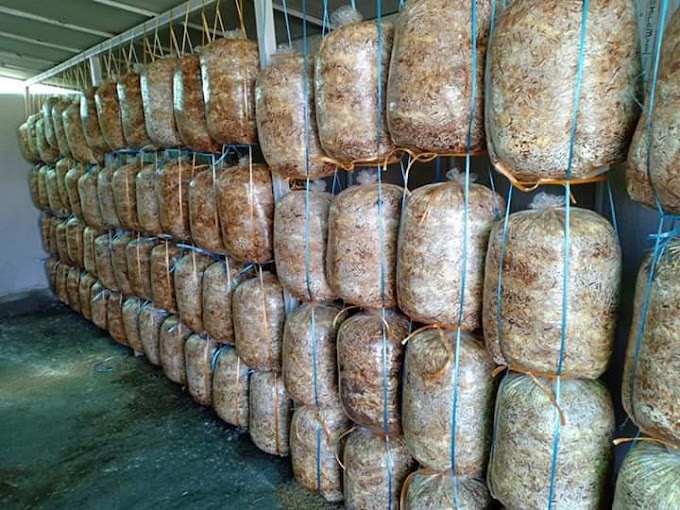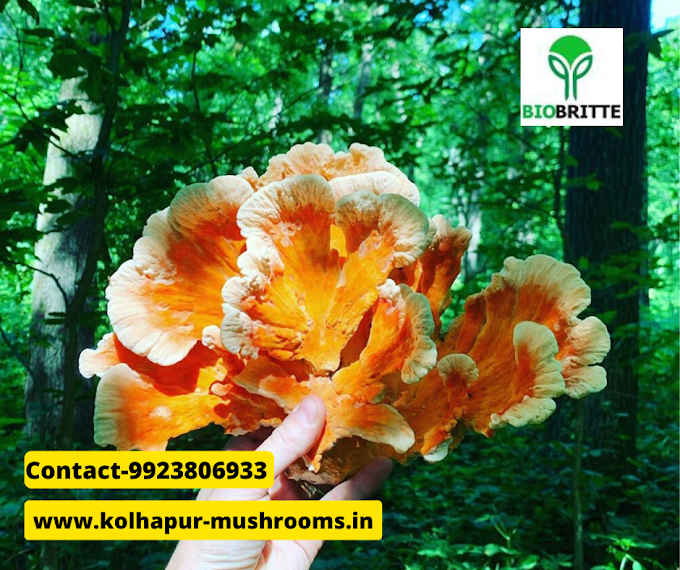Cultivating Your Own Mushrooms
Cultivating your own mushrooms at home can be a rewarding and sustainable hobby. Here's a general overview of the steps involved in cultivating mushrooms:
1. Choose Your Mushroom Species: There are many different types of mushrooms that you can cultivate at home, including oyster mushrooms, shiitake mushrooms, and button mushrooms. Research the specific requirements and growing conditions for the species you want to cultivate.
2. Select a Growing Medium: Mushrooms can be grown on a variety of substrates, including sawdust, straw, coffee grounds, and cardboard. Choose a growing medium that is appropriate for the mushroom species you are cultivating and readily available to you.
3. Inoculation: Inoculation is the process of introducing mushroom spores or spawn into the growing medium. This can be done using mushroom spawn purchased from a reputable supplier or by making your own spawn using a spore syringe or spore print.
4. Incubation: After inoculation, the mushroom spawn needs to colonize the growing medium. This typically takes place in a controlled environment with high humidity and temperatures conducive to mushroom growth. Depending on the species, this incubation period can take several weeks to a few months.
5. Fruiting: Once the growing medium is fully colonized by the mushroom mycelium, it's time to induce fruiting. This involves providing the right environmental conditions, including light, humidity, and air circulation, to stimulate mushroom formation. Mushrooms will begin to develop and mature over the course of a few days to weeks.
6. Harvesting: Harvest the mushrooms when they are mature but before they release their spores. This is typically when the caps have fully expanded and just before they begin to flatten out. Use a sharp knife or scissors to cut the mushrooms at the base of the stem.
7. Maintenance and Care: Throughout the growing process, it's important to monitor and maintain the growing conditions to ensure the health and productivity of your mushroom crop. This includes maintaining proper humidity levels, controlling temperature, and managing pests and diseases.
8. Reuse or Dispose of Spent Substrate: After harvesting, you can choose to reuse the spent substrate to grow another crop of mushrooms or dispose of it by composting or adding it to your garden soil as a nutrient-rich amendment.
Remember that cultivating mushrooms requires some knowledge and attention to detail, but with practice and experimentation, you can enjoy a steady supply of fresh, homegrown mushrooms right from your own kitchen! Additionally, it's essential to follow proper sanitation practices to prevent contamination and ensure the success of your mushroom cultivation efforts.





